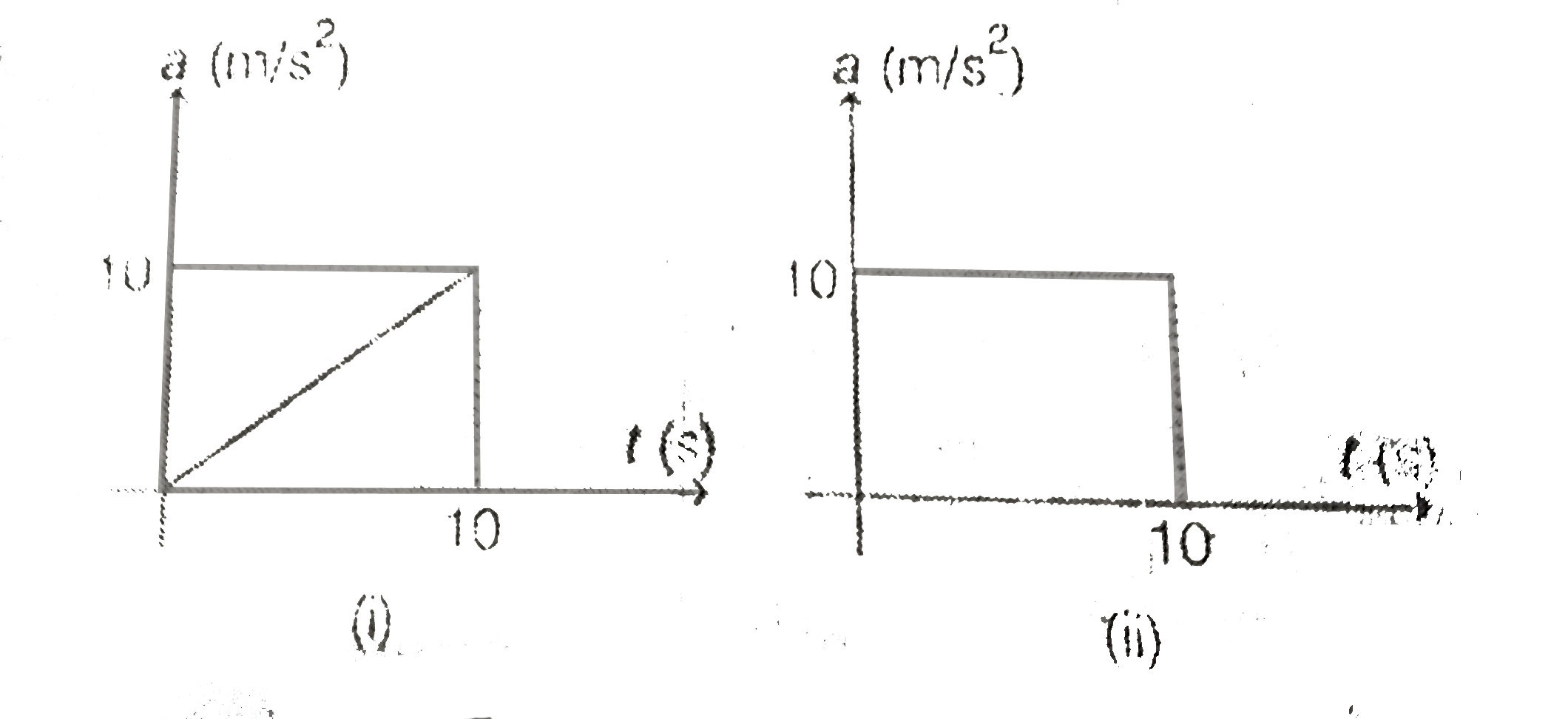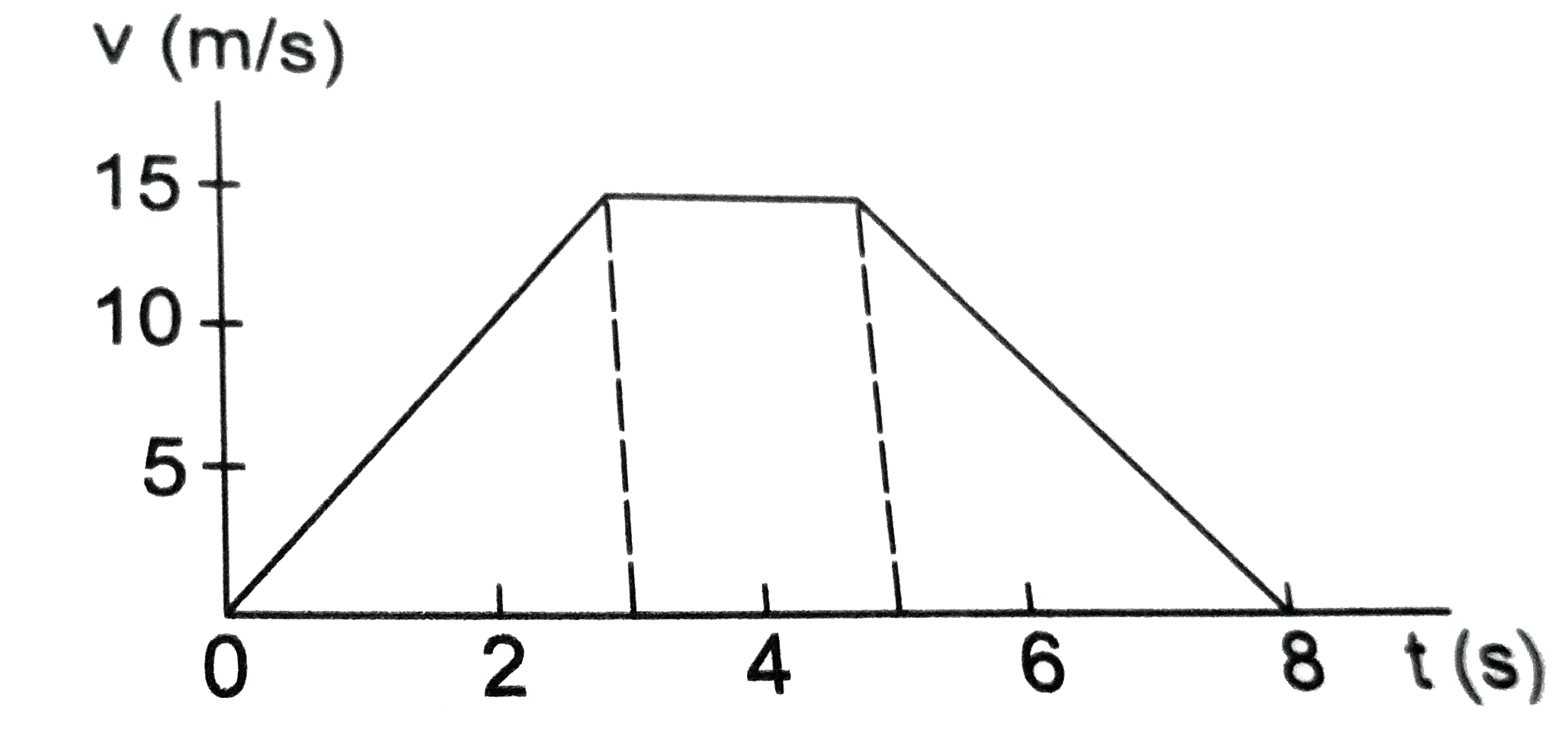A particle of mass 5g is moving with a velocity of 10cm⋅s−1 along a straight line. A force of 10√2dyn is applied at an angle of 45∘ with the direction of motion of the particle . Find the change in kinetic energy of the particle in 1 s. Solution in Bengali
The correct Answer is:120 erg
Step by step video, text & image solution for A particle of mass 5g is moving with a velocity of 10 cm*s^(-1) along a straight line. A force of 10 sqrt(2)dyn is applied at an angle of 45^@ with the direction of motion of the particle . Find the change in kinetic energy of the particle in 1 s. by Physics experts to help you in doubts & scoring excellent marks in Class 11 exams.
Updated on:21/07/2023Topper's Solved these Questions
- WORK AND ENERGYBOOK - CHHAYA PUBLICATIONCHAPTER - WORK AND ENERGYEXERCISE - PROBLEM SET -II (Hots Numerical Problems)
9 Videos
- WORK AND ENERGYBOOK - CHHAYA PUBLICATIONCHAPTER - WORK AND ENERGYEXERCISE - ENTRANCE CORNER (Assertion-reason type)
7 Videos
- WORK AND ENERGYBOOK - CHHAYA PUBLICATIONCHAPTER - WORK AND ENERGYEXERCISE - PROBLEM SET -I
49 Videos
- WBCHSE QUESTION PAPER -2019BOOK - CHHAYA PUBLICATIONCHAPTER - WBCHSE QUESTION PAPER -2019EXERCISE - SECTION - II ( GROUP -D)
10 Videos
Similar Questions
A body, moving on a horizontal smooth plane with a velocity of 50cm⋅s−1, collides elastically with another stationary body of the same mass. After collision, if velocity of the 1st body becomes 30m⋅s−1, what is the velocity acquired by the 2nd ? Also show that the two bodies move at right angles to each other after collision.
View SolutionStatement I: Absolute PE of a system as measured by two different persons at the same time can be different.
Statement II: Value of absolute PE of a system depends upon the reference value chose.
View SolutionA man of mass 60 kg climbed up 15 steps, each of height 15 cm. Find the work done .
View SolutionEquations of trajectory of a projectile are x=4 t, y=3t−5t2 , where x and y are in metre and t is in second . Find (i) maximum height attained by the projectille , (ii) horizontal range of the projectile .
View SolutionAcceleration of two identical particles moving in a straight line are as shown in figure.

If initial velocity of both the particles was zero. Then velocity of their centre of mass after 10 s will be
View SolutionA particle is moving on a straight line with constant retardation of 1m/s2. Its initial velocity is 10m/s.
View Solution50 g द्रव्यमान का एक कण सरल रेखा के अनुदिश चल रहा है | समय के साथ इसकी चाल में परिवर्तन चित्र में दिखाया गया है | t = 2 s, 4 s तथा 6 s पर कण पर लग रहा बल ज्ञात करें |

View Solutionসরলরেখায় গতিশীল একটি কণার t সেকেন্ড সময়ে ত্বরণ (6t^2 - 3t) সেমি/সেকেন্ড ^2 , যদি 2 সেকেন্ড সময়ে কণার বেগ 10 সেমি/সে হয়, তবে t সেকেন্ড সময়ে কণার বেগ নির্ণয় করো।
View SolutionA body of mass 5g is moving in a straight line with a velocity of 10 cm *s^(-1) . A force of 10 sqrt(2) dyn is applied on the body at an angle of 45^@ with the line of motion. What is the change in kinetic energy of the body in 1 st second ?
View SolutionA particle of mass 5g is executing SHM. The velocity of the particle when it crosses the midpoint of its motion is 10cm*s^(-1) . What will be its total mechanical energy?
View SolutionA particle of mass 5kg is moving with a velocity of 5m/s along a straight line PQ . A force of 12N acts at right angles to PQ on the particles for 3s .Find the velocity of particle at the end of 3sec
View SolutionA particle of mass 1 g moves on a straight line. The variation of its velocity with time is shown in fig. Find the force acting on the particle att = 1 s,4s and 7 s.
View SolutionA particle of mass 1 g moves on a straight line. The variation of its velocity with time is shown in fig. Find the force acting on the particle at t = 1 s, 4 s and 7 s.
View Solutionएक कण पर बल लगाकर एक सीधी रेखा में घुमाने में खर्च शक्ति नियत है। कण का वेग विस्थापन : के साथ इस प्रकार बढ़ता है
View SolutionA particle moves along straight line for 10 second with unifrom acceleration, a=2ms−2 . Then for next 10 second moves with acceleration, a=4ms−1. The total displacement of particle would be (initial velocity of particle is zero)
View Solution
